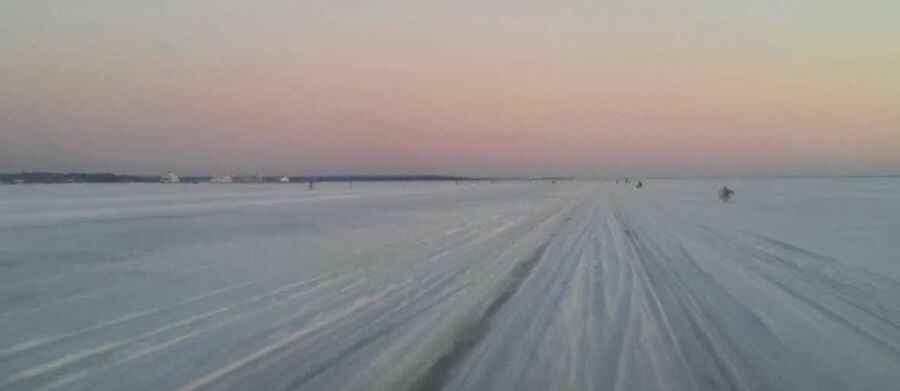Sviby-Rohuküla: a scenic ice road in western Estonia
Ice road between Rohuküla and Sviby (between the mainland and Vormsi), with a total length of 10,2 km in western Estonia. From the mainland to the island of Vormsi, this ice road leaves from near the ferryport of Rohkula, West of Haapsalu. To reach the start of the ice road, head towards the port, but take a signed right turn just after the port comes into view. This will take you to the caravan which rather incongruously marks the ice roads start.

The access to the ice road is right before the Rohuküla port and near the Sviby port in Vormsi. It usually opens since middle of january until middle of march. There are also longer and more difficult paths, but you need more for it. Also, there is quite a lot of unofficial ice roads, which might be used on your own risk, so, usually water takes it`s toll every year - 10-15 cars or so.The road can be used by vehicles with total mass of up to 2.5 tonnes. Ice roads are open for traffic only when it is light and visibility is good. Travelling speed is either up to 25 km/h or 40-70 km/h. Seatbelts must be unfastened and the vehicle cannot be stopped while on the ice road.
The limitations for ice road traffic include: Weight limit depending on conditions, mostly 2 t (2.0 long tons; 2.2 short tons) to 2.5 t (2.5 long tons; 2.8 short tons); vehicles travelling in the same direction must be at least 250 m (820 ft) apart; recommended travelling speeds are under 25 km/h (16 mph) or between 40–70 km/h (25–43 mph). It is advised to avoid the range of 25 and 40 km/h (16 and 25 mph) due to danger of creating resonance in the ice layer (i.e. vehicle speed and water wave speed being the same or nearly, resulting in a large wave under the ice that breaks the ice); seat belts must not be fastened due to danger of drowning if the ice breaks; the vehicle must not be stopped; vehicles are allowed to enter the ice road in three minute intervals; ice roads may only be used in daylight. The freezing of the seas between the Estonian mainland and the islands has had historical significance, as during the middle ages these occurrences have been used by armies to invade the islands as they could simply walk across the sea.
Pic: mardu123